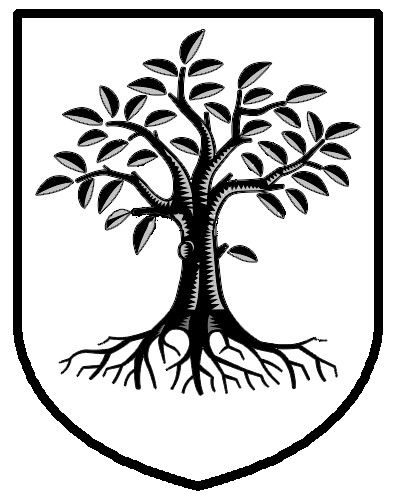Telyavelic Tremere
- Tremere -x- Bloodlines
| Clan Disciplines |
|---|
| Auspex |
| Presence |
| Thaumaturgy (Sielanic Thaumaturgy) |
Quote
"The Earth and all that dwells within and upon it expose their secrets to me. Through the power of my blood, I become all things."
Introduction
The Telyavelic Tremere were a bloodline of the Tremere during the Dark Ages.
History
In the early nights of clan Tremere, before the diablerie of Saulot, a small band of Warlocks made its way into Lithuania. Clan records state that the original goal of this journey was to expand the clan’s influence into these lands, or to find allies. Some elder Tremere, though, claim that these pilgrims took the journey to escape from the clutches of their clan once and for all.
Whatever the original motive behind the exodus, when the Tremere arrived, they fell in with the pagan peoples of Lithuania and learned of Telyavel, the protector of the dead. The local people saw the vampires — nocturnal, bloodthirsty, and obviously magical — as incarnations or avatars of their death-gods, and the Tremere grew to believe them. They cast off the name “Tremere,” and simply became the “Telyavs.” While they had some infrequent contact with chantries outside of Lithuania, for the most party they remained patrons and predators to the villagers.
This was not to last, however. In the late 13th century, the Ventrue warlord Jürgen the Sword-Bearer destroyed one of the last remaining enclaves of the Telyavs. The bloodline managed to limp along for another few centuries, but by the 16th century, the main body of the Tremere reported that all of them had been destroyed when the union of Lithuania and Poland results in the triumph of the Christian religion over paganism through the Inquisition.
from the main Clan. They are also constantly watchful for any signs of inquisitorial interest in their activities, as their magic deals with spirits that could, combined with their revulsion to True Faith, quickly be interpretated as indications of Infernalism.
Culture
4th Generation
5th Generation
6th Generation
7th Generation
8th Generation
9th Generation
10th Generation
11th Generation
12th Generation
13th Generation
Those of Unknown Generation
